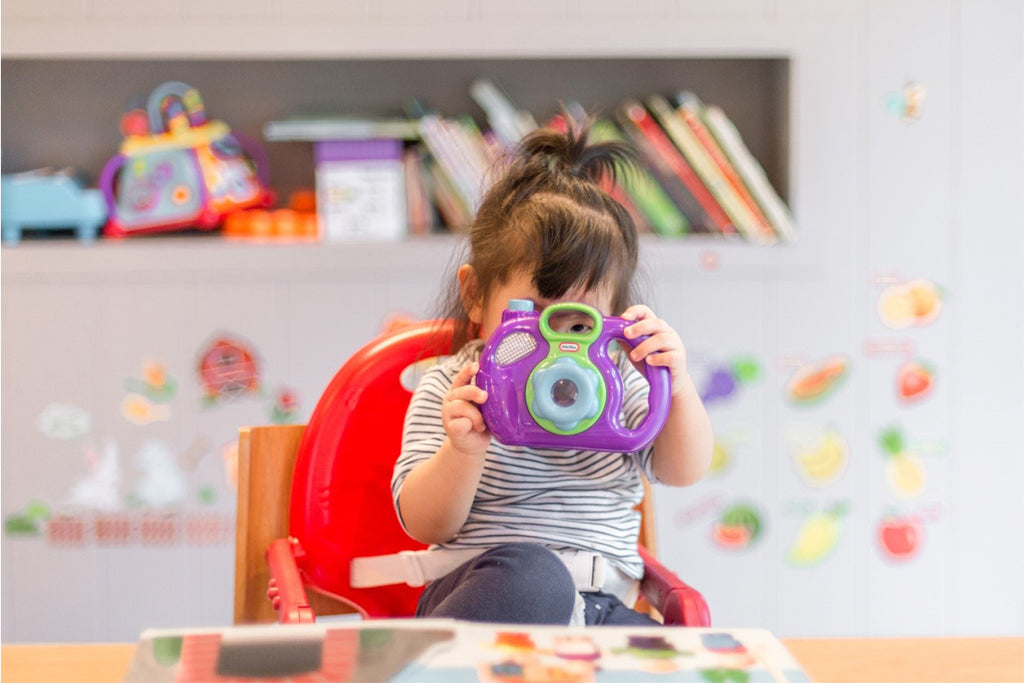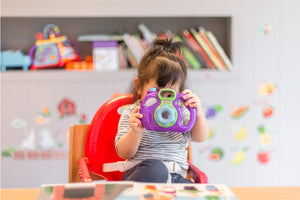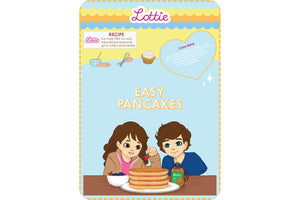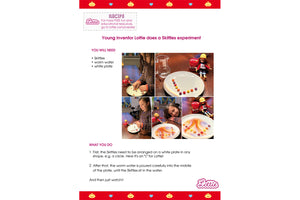Many parents think that it's difficult to introduce preschoolers to STEM (Science, Technology, Engineering, and Mathematics) concepts. However, research from Stanford University reveals that activities centered on STEM learning can keep young children focused, curious, active, and communicative for almost an hour. In addition, a previous post by Dominic McGlynn notes that a good STEM toy ignites creativity, sparks imagination, and engages children with learning in new ways, making them the perfect toy if you want to give your child a chance to explore new ideas.
Indeed, STEM may not be as 'boring' and 'overwhelming' to kids as you might think.
It's especially important now to expose children to STEM, with a GovTech study showing a declining interest in STEM among teenagers. Specifically, there has been a 12% drop in interest in STEM careers from teenage boys, while the interest in STEM remains low for teenage girls at 11%. Girls really do need the most encouragement in pursuing STEM, as our own Amy Harkin notes that boys tinker and enter related fields by themselves innately, while unsupported girls don't come to realize the importance of STEM until they enter college.
Despite having some of the most in-demand and highest-paying careers on the job market, the STEM industry is struggling to capture the attention of today’s students. As parents, you may be wondering: what's the best way to make STEM appealing to children? It's certainly not textbooks and chalkboards. Instead, you can enlist the help of STEM toys.
Below, we have listed some of the most valuable lessons that your kids can pick up from STEM toys.
The patience to solve problems
Learning problem-solving skills is crucial in child development. It teaches kids what discernment is, and helps them determine a solvable problem before taking it on. In addition, problem solving also helps a child develop grit, which is a key trait exhibited by successful students. If your child fails to develop problem solving skills, a Verywell Family post states that they may avoid taking action when faced with a problem. This can then lead to more troubling issues, such as falling behind in school or struggling to maintain friendships.
Thankfully, most STEM toys often present a new challenge for a child to overcome — and this can help practice their problem solving skills. Check out toys that challenge them to put a shape in their corresponding mold, or stack similarly colored objects together. If you want to elevate your kid's play time with dolls like our Lottie Young Inventor, you can also have them act out easy, problem solving STEM projects like the Sugar Cube Towers Activity and Skewer a Balloon Activity. Such problem solving exercises can help set your child up for an independent and productive future.
How to be financially responsible
Everyone knows that a key to a successful future is to develop financial literacy skills such as saving money. According to a Marcus article on how kids can start saving, this is one of the most important financial lessons that should be taught from a young age. Knowing how to save can help them achieve whatever goals they may have later in life. In this regard, children should be taught financial literacy concepts through engaging toys and activities. However, it may be difficult to teach your kids basic financial lessons if they’re not familiar with the concept of counting.
So, be sure to get your child a STEM toy that can help them develop counting skills, like a piggy bank that uses fake money. These toys often come in vibrant colors and can help your child learn how to count while helping them become familiar with other financial concepts such as money, banks, and budgeting.
The basics of math
Math is regarded as the foundation for other STEM disciplines, because it's a language used in science, engineering, technology, and more. Young kids often find math to be an intimidating topic in school — as combining numbers with different functions can be overwhelming for young minds. This is why it’s crucial for parents to get their kids interested in math through STEM toys, which will show them that numbers don't have to be scary.
By using colorful and bright STEM toys, kids can learn basic concepts in math such as counting, measurements, addition and subtraction, as well as geometry. They can even learn math with doll sets such as the Lottie Fossil Hunter as this comes with four countable ammonite fossils and various fossil hunting tools. What’s more, teachers can use STEM toys, like the abaci, to visually demonstrate mathematical concepts in the classroom. Your child will use math concepts throughout their life, and by using STEM toys, they may be more interested in pursuing math-related fields in the future.
By providing your kids with STEM toys, you can help them develop key skills that they can use to excel in their academics and find success down the line. For more insights on why you should give your children STEM toys, be sure to read our post on ‘12 Reasons Why You Should Invest in STEM Toys for Your Child’.
Article specially written for lottie.com
By Ashley Davis
![]() Fast Shipping
Fast Shipping![]() Subscribe to our Newsletter
Subscribe to our Newsletter![]() 🌟 New Global Competition 🌟
🌟 New Global Competition 🌟















